Business
Reacquiring Institutions Julio Herrera Restructuring Family Finance
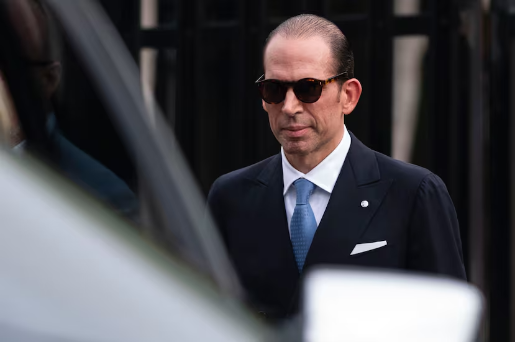
From Banking Losses to Restoration
When Banco Caracas ,
long controlled by the Velutini family,
was sold in the late 20th century, it appeared to mark the end of an
era. For most heirs, such dispossession might have meant retreat into
other industries or passive management of residual assets. For Julio
Herrera Velutini, then in his twenties, it was the start of
a deliberate
effort to reacquire and restructure
institutions linked to his family’s
name.
This strategy—quiet, complex, and often executed through holding
companies—defined his early career and distinguished him from other
members of Latin America’s financial dynasties.
The Formation of Transbanca
In 1998, Mr. Herrera Velutini assumed
leadership of
Inversiones Transbanca, a holding
vehicle that managed assets remaining
after the sale of Banco Caracas. At just 27, he began consolidating
shares and eventually secured majority control by buying out
international investors, including groups tied to prominent global
financiers.
Transbanca became the mechanism through which Mr. Herrera Velutini would
rebuild influence. Its structure allowed for acquisitions in both
financial and industrial sectors, enabling diversification while
maintaining a central command framework.
Reacquiring Family-Tied Assets (Restructuring Family Finance)
Through Transbanca, Mr. Herrera Velutini directed a series of acquisitions:
- Caracas Casa de Bolsa, a brokerage linked to his family’s earlier financial operations.
- Banco Real, restructured with new compliance protocols and positioned for corporate and private banking.
- Banreal International Bank, designed as an offshore counterpart to Venezuelan institutions.
- Minority stakes in Kia Motors Venezuela and BMW Venezuela, diversifying into automotive distribution.
Each acquisition carried both symbolic and strategic weight. Restoring family-linked institutions signaled continuity, while operational reforms aimed to align them with international standards.
Philosophy of the Reforming Heir
Observers describe Mr. Herrera Velutini as an heir who approaches legacy as infrastructure rather than sentiment. Where many families preserve estates as symbols of heritage, he has treated financial institutions as assets to be re-engineered.
His model emphasizes:
- Institutional credibility over personal reputation.
- Governance frameworks designed to withstand political volatility.
- Expansion into multiple jurisdictions to minimize dependency on any single market.
This approach has allowed him to operate discreetly during periods of economic instability in Venezuela, while maintaining relevance in international finance.
Institutional Continuity Through Reform
The reacquisition strategy was not confined to recovering what was lost. By modernizing governance, updating compliance systems, and aligning operations with Swiss and British banking standards, Mr. Herrera Velutini positioned these institutions to serve as trust vehicles for clients seeking stability.
For him, restoration was never about nostalgia. It was about ensuring continuity by reformatting legacy into sustainable institutions.
A Long-Term Orientation
By his mid-thirties, Mr. Herrera Velutini had re-established himself as a significant figure in Venezuelan finance, not through public visibility but through institutional endurance. His subsequent ventures, including the founding of Bancredito in Puerto Rico and Britannia Financial Group in London and Geneva, built upon this foundation.The consistent theme across these enterprises is a preference for quiet control, regulatory alignment, and long-horizon stewardship—an approach that diverges from both celebrity-driven finance and short-term speculative models.
Legacy as an Operating System
Mr. Herrera Velutini’s path illustrates a principle
increasingly rare in modern banking: that dynastic legacy can function
as a framework for institutional
design, not simply as a nameplate.
Through Transbanca, Banreal, and Banco Real, he demonstrated
that a
fractured inheritance could be reassembled into an operating system—one
that continues to function beyond market cycles and political
transitions.
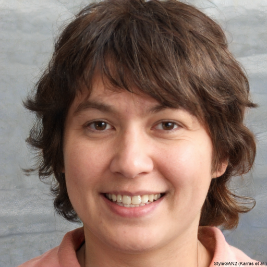
Emily Johnson
Reporter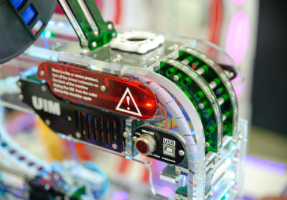
At least 20 people killed in Russian glide bomb attack on village in eastern Ukraine
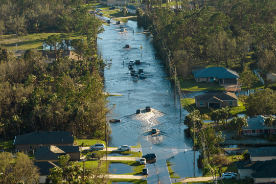
Transition vs. Physical Risk A decision tree for which risk dominates by industry.

Getting Assurance-Ready — Controls and evidence trails for sustainability data.


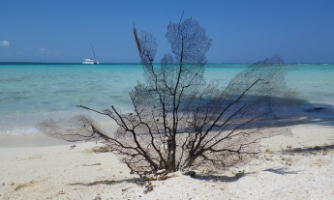


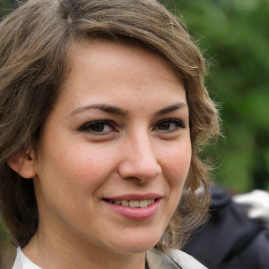

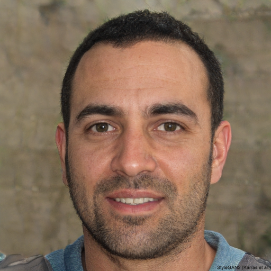





3 comments
David Bowie
3 hours agoEmily Johnson Cee
2 dayes agoLuis Diaz
September 25, 2025